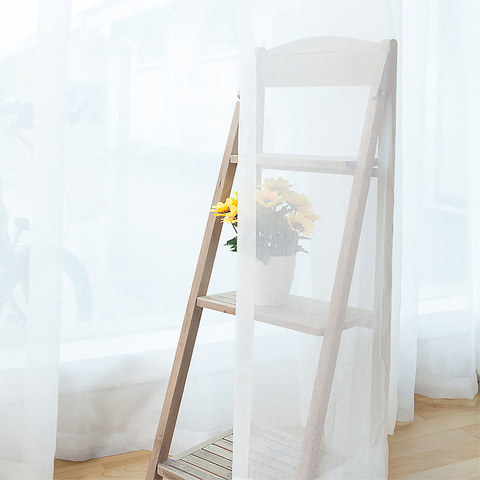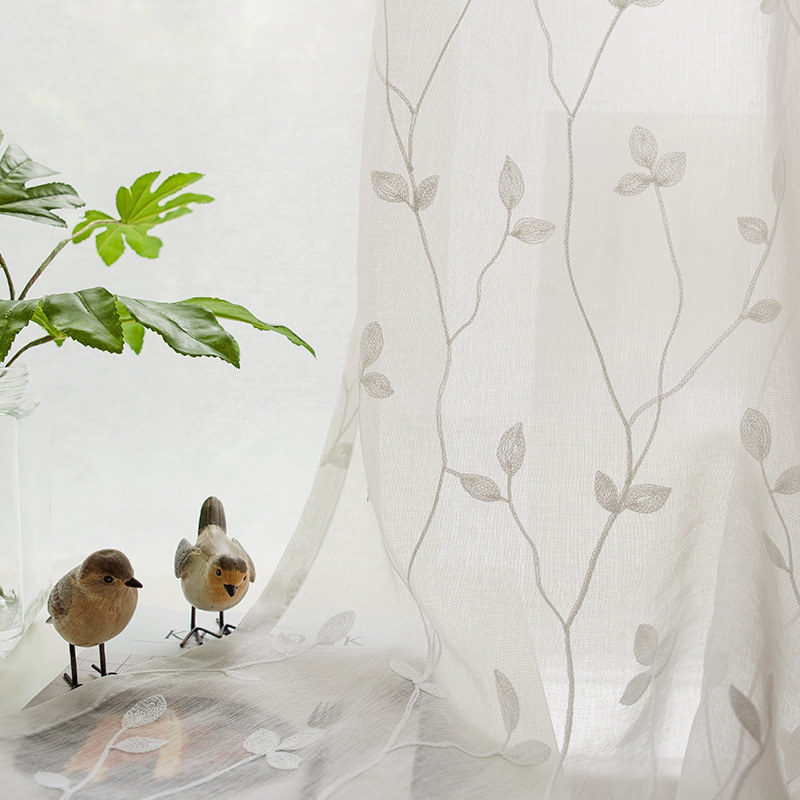The Harmonious Blend of Zen and Wabi-Sabi in Your Home
In interior design, there's a captivating fusion of two profound Japanese philosophies: Zen, a style rooted in mindfulness and minimalism, and Wabi-Sabi, an aesthetic that celebrates imperfection. We'll explore how these two philosophies can coexist harmoniously in your living spaces.
Finding Equilibrium: Minimalism Meets Imperfection
Instead of choosing one over the other, let them blend harmoniously. Picture a calm Zen room with touches of Wabi-Sabi's rustic charm, making a space that's peaceful and truly genuine.
Bringing Nature Indoors
Zen's connection to nature and Wabi-Sabi's love for organic elements can be beautifully united. Introduce potted plants or bonsai trees to your living spaces, bridging the gap between Zen's natural serenity and Wabi-Sabi's admiration for the imperfect.
The Earthy Colour Palette
Unify your Zen and Wabi-Sabi fusion with a muted, earthy colour palette. These subtle tones resonate with Zen's neutrality while echoing Wabi-Sabi's reverence for the beauty found in the natural world.
Curtains: The Unseen Elegance
Curtains are often underestimated but vital in establishing the desired ambiance.
Linen Drapes: The Epitome of Zen and Wabi-Sabi
For a window treatment that perfectly captures the essence of both Zen and Wabi-Sabi, opt for linen curtains. In soft, neutral hues like beige, gray, or muted green, they exude an understated sense of calm and relaxation. Their natural, slightly wrinkled appearance aligns seamlessly with Wabi-Sabi's embrace of imperfection.
Sheer Panels: Effortless Serenity
For an infusion of Zen's tranquility, consider light, sheer curtains. These allow the gentle filtration of natural light into your space, creating an ethereal ambiance. White or neutral colours maintain the serene aura.
Minimalist Hardware: Less Is More
In keeping with Zen's minimalist principles, choose curtain rods and hardware with clean lines and unobtrusive designs. Matte black or brushed nickel finishes add a touch of modernity without overshadowing the overall aesthetic.
Crafting a Zen-Wabi-Sabi Retreat
Zen and Wabi-Sabi are not just design styles; they're philosophies that transform living spaces into havens of serenity and reflection. Let them inspire you to create a space that reflects your style and brings you inner peace.









